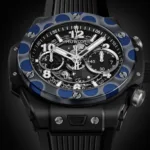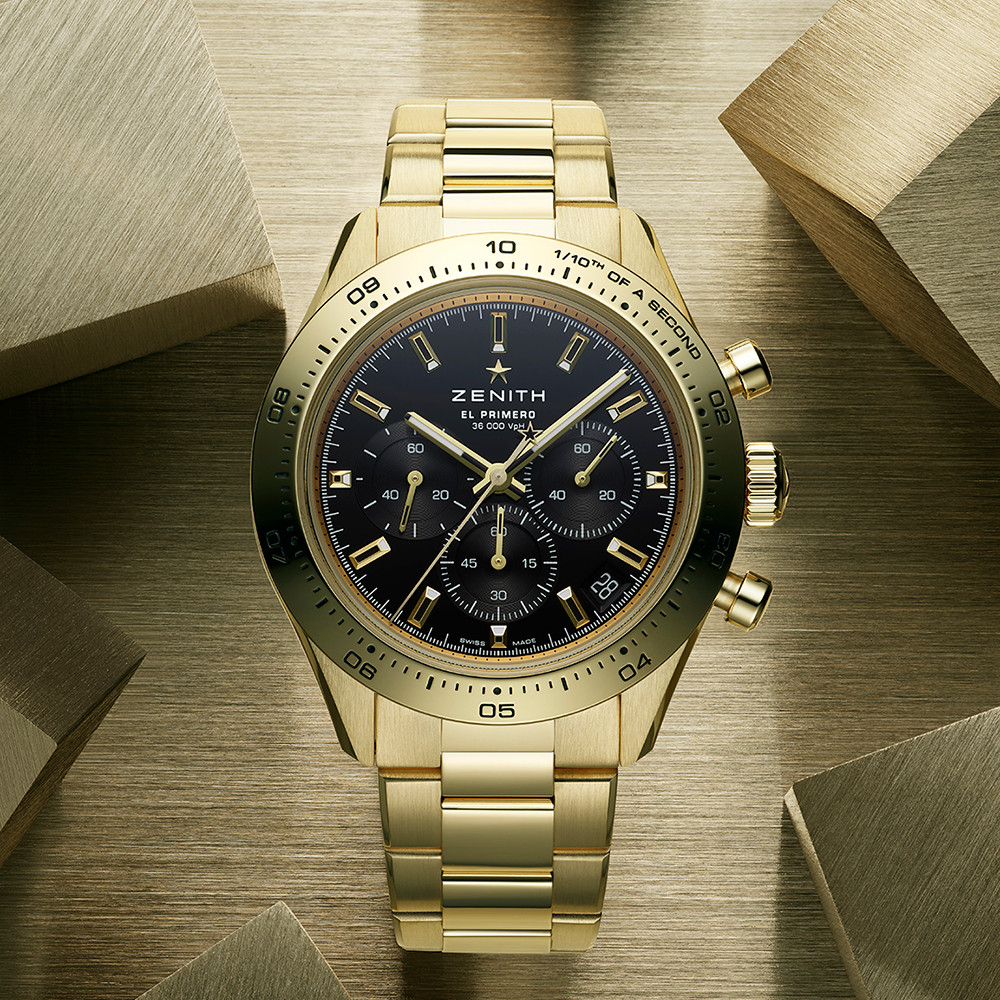The minute repeater, a captivating and intriguing horological complication, stands as one of the most remarkable achievements in the history of watchmaking. Abraham-Louis Breguet, a brilliant technician with a fervent passion for the subject, wasted no time in seeking ways to enhance this mechanism. As early as 1783, he revolutionized the concept by crafting the first repeating watches, which struck a spring blade instead of the traditional bell-type gong. Today, Breguet pays homage to this innovation with a new timepiece.
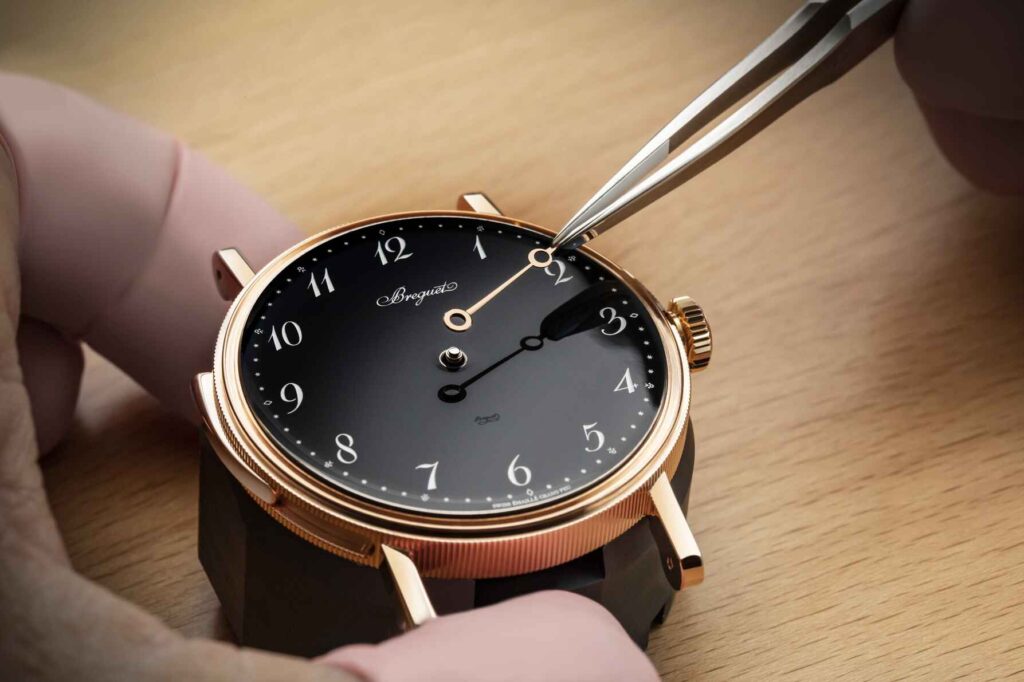
Meticulous craftsmanship
Meticulous craftsmanship is indispensable when crafting minute repeaters, considered small mechanical masterpieces within the realm of horology. These intricate timepieces not only involve precise movements but also intricate chiming mechanisms comprising hammers striking a gong-spring. Additionally, the selection of materials for acoustic excellence is crucial. All these components must be meticulously designed to fit within a modestly sized case. This skill demands unwavering precision, years of experience, and unparalleled dexterity, requiring over a month of labor to create a minute repeater. Breguet has preserved this art for nearly 250 years at its Manufacture in the Vallée de Joux.
In addition to the expertise of a watchmaker specializing in high complications, an acoustician with a keen ear for perfect sound is crucial in the development of these timepieces. After assembling the movement, the tuning of the gong is a meticulous two-phase process: harmonic and melodic. Within a dedicated anechoic chamber for this horological complication, the specialist determines the resonant frequency of each gong. Subsequently, they fine-tune the melody to closely resemble Breguet’s signature sound. As each timepiece is meticulously hand-crafted, the acoustics exhibit subtle variations, adding to the uniqueness of this complication.
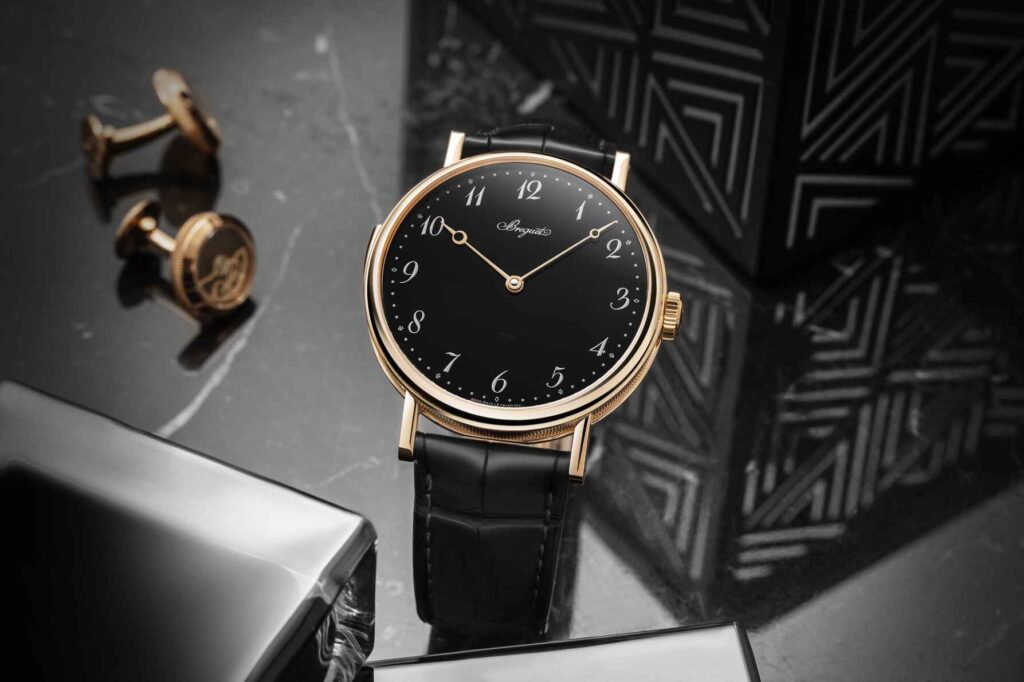
Aesthetic and technical mastery: various skills within a single watch
Combining aesthetic and technical mastery within a single watch, the seemingly minimalist dial of the 7637 demands a craft practiced by few artisans today: the grand feu enamelling technique. This process involves dissolving colored powders, consisting of silica and ground oxides, in water and applying them to the dial using various methods. The key lies in the firing process, where each layer and color necessitates precise firing at temperatures exceeding 800 degrees Celsius and a carefully programmed duration. Crafting a single dial in the desired shade can take several weeks. On this dial, Breguet’s Arabic numerals, minutes track, and logo shine in powdered silver, while open-tipped gold Breguet hands display the hours and minutes. The minute repeater is activated by a dedicated slide at 9 o’clock. Encased in 42mm rose gold, Calibre 567.2 powers the watch, with its balance oscillating at 2.5 Hz. Flipping the watch reveals an entirely hand-chased mechanical hand-wound movement visible through the sapphire crystal caseback, along with polished steel hammers. Notably, the gongs are affixed to the case middle instead of the plate, allowing for more effective sound transmission. Crafted from gold, these gongs produce harmonious sound quality with rich overtones, and they share the same acoustic impedance as the gold case, enhancing sound transmission—a patented feature by Breguet.
The new Classique Répétition Minutes comes with a black alligator leather strap secured by a gold triple-blade folding clasp. Within the same range, it is also available in white gold, featuring a grand feu enamel dial and alligator leather strap, both in midnight blue.
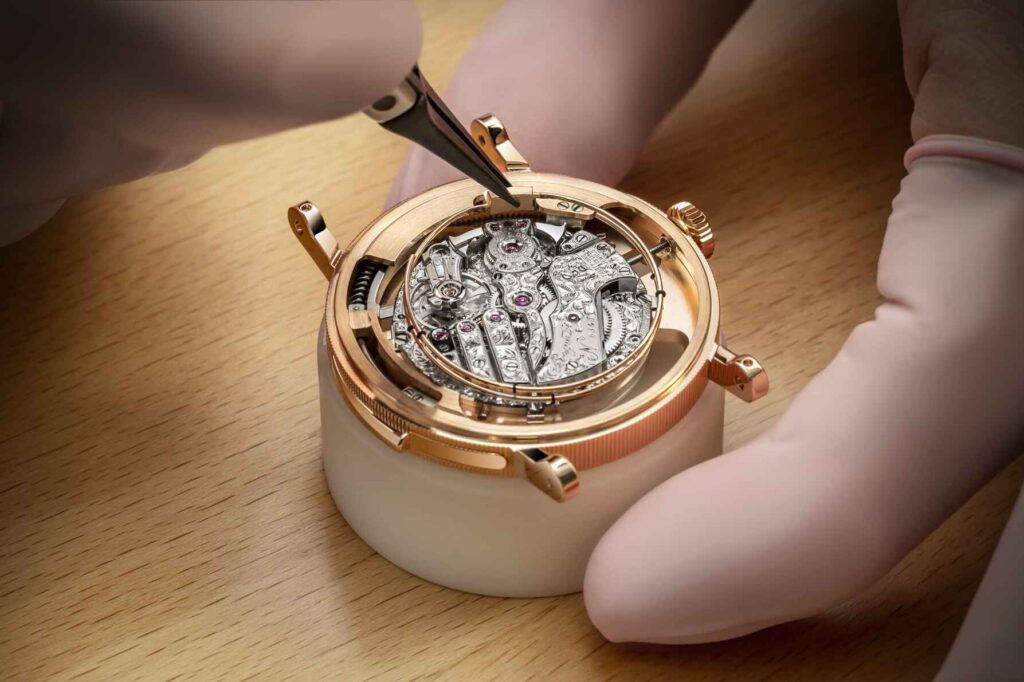
The invention
The invention of the minute repeater was born out of necessity in the 17th century, a time when telling time after dark was challenging in the absence of electricity. Watchmakers competed to devise ingenious solutions for creating watches that could chime on command. The breakthrough came around 1680 with the introduction of the first minute repeater watch, a development that opened doors to further innovations. In addition to striking the hours, watches could now also sound the quarters and minutes. Abraham-Louis Breguet, a visionary technician, quickly embraced this field and constantly sought ways to enhance the mechanism. In 1783, he introduced the groundbreaking concept of repeating watches that struck a spring blade instead of the traditional bell-type gong. Initially positioned straight across the back plate, these blades were later coiled around the movement, reducing the thickness of chiming watches while producing clearer and more harmonious sounds. Breguet’s invention proved invaluable and gained widespread adoption among watchmakers of his era. He also played a pivotal role in the development of quarter, half-quarter, and minute striking mechanisms.
For more information, please visit Breguet.com.
